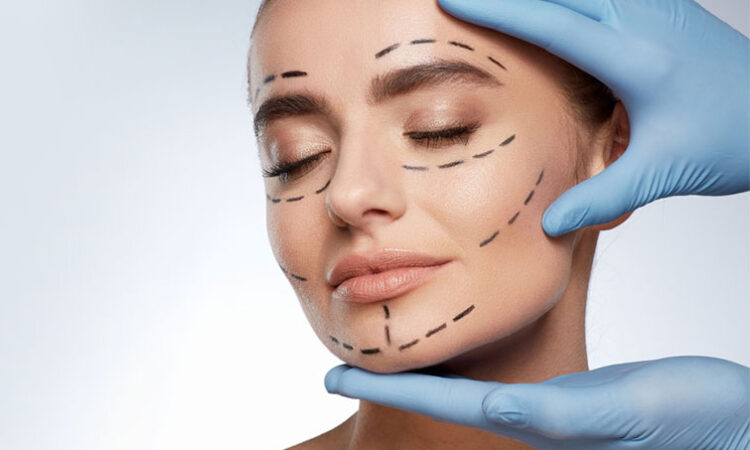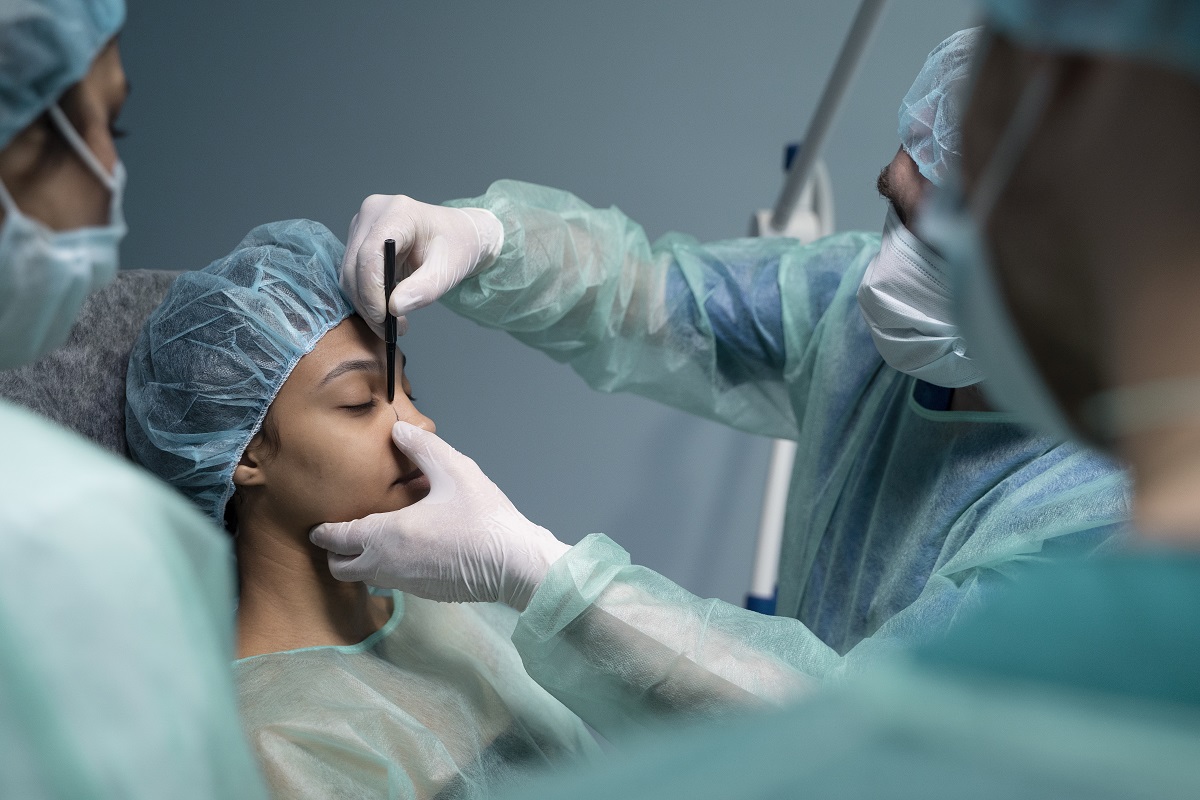The Pioneers Of Plastic Surgery: A Historical Perspective

Plastic surgery has a fascinating history. It dates back centuries, shaping the field of medicine. The pioneers of this discipline crafted the path we follow today, each making unique contributions. From ancient skin grafts in India to modern techniques like frisco morpheus8, the evolution of plastic surgery is remarkable. These trailblazers showed immense courage and creativity. They laid the groundwork for advancements we see in reconstructive and cosmetic procedures now. Understanding their journey offers valuable insights into this transformative field.
Early Beginnings
Plastic surgery’s roots trace back over 2,000 years ago. Ancient texts from India describe procedures for repairing noses and ears. These early surgeons used simple tools and methods, but their results were groundbreaking. This work laid the foundation for future advancements.
European Influences
The Renaissance period in Europe saw significant growth in surgical techniques. Surgeons, inspired by the study of anatomy, began to refine the methods developed in ancient cultures. Ambroise Paré, a French surgeon, played a crucial role. He improved wound treatment, which indirectly contributed to advances in reconstructive techniques.
The 19th Century: Formalization and Advancements
In the 19th century, plastic surgery became more structured. The use of anesthesia and antiseptic techniques revolutionized surgery. Dr. John Peter Mettauer, an American surgeon, performed the first cleft palate operation in 1827. His work demonstrated the potential of surgical intervention in correcting congenital defects.
World War I: A Catalyst for Change
World War I brought about a new era for plastic surgery. Surgeons faced unprecedented injuries—burns, facial trauma, and limb damage. Dr. Harold Gillies, often called the father of modern plastic surgery, developed innovative techniques to treat soldiers. His methods focused on restoring both function and appearance.
World War II and Beyond
The advancements continued through World War II. Dr. Archibald McIndoe, a student of Gillies, treated burn victims, primarily pilots. His work not only healed physical wounds but also addressed psychological trauma. These efforts highlighted the holistic role of plastic surgery in patient care.
Modern Era: Expansion and Innovation
Today, plastic surgery encompasses both reconstructive and cosmetic procedures. Innovations like the introduction of silicone implants and advanced laser techniques have expanded the field. Plastic surgery is no longer limited to correcting defects—it enhances lives in myriad ways.
Comparison of Techniques Over Time
| Time Period | Technique | Purpose |
|---|---|---|
| Ancient India | Skin Grafting | Reconstructive |
| Renaissance Europe | Refinement of Suturing | Reconstructive |
| 19th Century | Cleft Palate Surgery | Reconstructive |
| World War I | Facial Reconstruction | Reconstructive |
| Modern Era | Cosmetic Enhancements | Cosmetic |
The Future of Plastic Surgery
As we look to the future, plastic surgery is primed for even more breakthroughs. Minimally invasive techniques and robotic surgeries are on the horizon. The integration of technology promises to make procedures more precise and recovery times shorter. This field will continue to evolve, guided by the pioneering spirit of its past. No matter the changes, the core goal remains the same: improving lives through skilled intervention.










